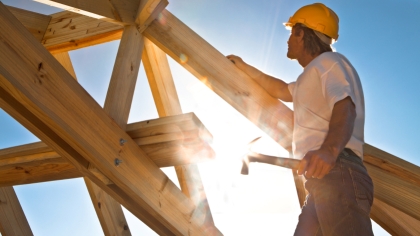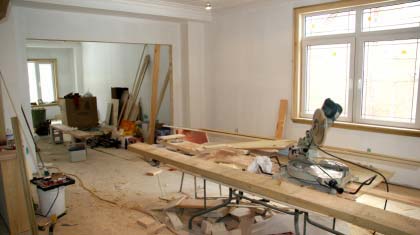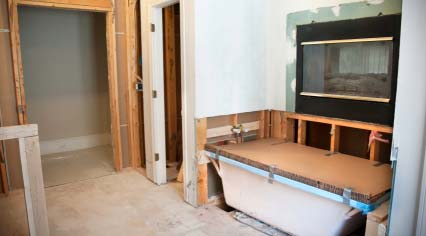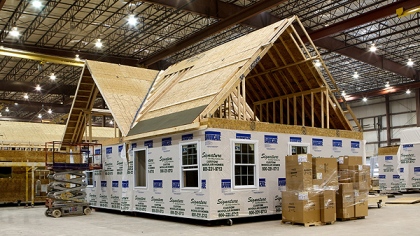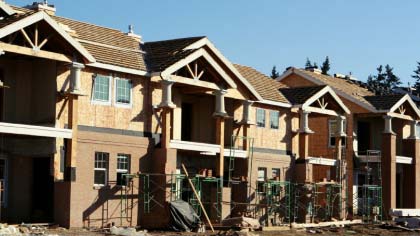Construction Loan Center
Types of Home Construction Loans: Which is Right for You
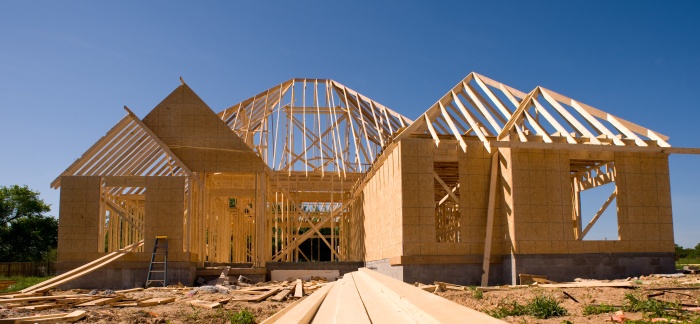
If you are thinking about building your own home, and you are looking for financing, then a home construction loan may be just what you need. But once you start researching this product, you'll see that these loans are pretty complex. In fact, you may have a lot of questions, such as:
- How does a construction loan work if you already own a home?
- What if you already own the property on which you plan on building?
- What if you have a significant amount of money to put down?
- Conversely, what if you have very little money to invest and no real assets to rely on even though you have a good income?
- What if interest rates look like they are about to change either up or down?
Lenders realize that borrowers have different needs and that the market requires more than a one-size-fits-all solution.
Home Construction Loans Come in Two Flavors
Before you start shopping for a loan to finance your home construction, be aware that there are actually two types of construction loans to choose from: construction only and construction-to-permanent loans. The biggest difference between the two in one sentence is that the former is a short-term solution, while the latter is long-term one.
Let's take a closer look at each product...
1-Construction Only Loans
Construction only loans are a short-term solution that is usually extended for up to one year. As the name implies, this kind of loan pays for all of the costs associated with the design and construction of your home, including buying the property as well as paying for materials and labor. These loans usually have variable rates that rise or fall throughout the term of the loan, however, during the construction phase; you will probably be making interest-only payments. When the construction is complete, you then need to pay off the entire balance. At that point, you could roll over the debt into a separate loan, typically a regular 30-year mortgage.
One major benefit to stand-alone construction loans is that they require a smaller down payment. While it means that you will need to find another lender to give you a mortgage, the upside to that is you can shop around for the best rates.
This type of loan has drawbacks, though. For one, you pay for two closings (one on the construction-only loan and a second on the mortgage) and thus two sets of fees. The other is that you still need to apply for and get approved for a mortgage. If your financial circumstances take a turn for the worse after the construction process has already started, then you may find it extremely difficult to qualify for that mortgage.
2-Construction-to-Permanent Loans
Construction-to-permanent loans are really two loans in one. First, you borrow money to purchase land and build your home. Like the stand-alone construction loans, these products initially come with a variable interest rate, and during the building phase, you will be making interest-only payments on the outstanding balance.
When the construction process is complete, your lender will then convert the balance of the loan into a regular mortgage. Like any other mortgage, you can choose a fixed-rate or an adjustable-rate loan and decide how long you want the loan term to be.
There are a few drawbacks to these kinds of construction loans. One is that lenders will generally require a 20 percent down payment based the estimated amount of the permanent mortgage. But, if you already own the land on which you plan on building, then you can potentially use that as equity against the loan. The other is that the loan's interest rate could end up being much higher than that of a comparable regular mortgage. This is due to the fact that there are only a few lenders offering these loans, so the rate you get will likely not be as competitive.
One of the biggest benefits, however, to this product is that you only close on the loan once. This ultimately reduces the fees you pay on the loan to the tune of thousands of dollars. Plus, since construction-to-permanent loans are really two loans rolled into one product, you only have to apply once to get both kinds of financing. This will also save you a tremendous amount of time and energy.
Which Type of Construction Loan Should You Choose?
Since each type of construction loan has its own set of positives and negatives, deciding which one is right for you really depends on your circumstances.
Most borrowers, who take out a construction only loan, don't have much cash to use as a down payment. Either they haven't yet built up a savings, or it could be they already own a home but need to live in it while the new home is under construction. In the latter case, they would only have the money for a down payment after the sale of the old property.
Those looking for construction-to-permanent loans already have money to put down, and they want to save on the closing costs. They may also want the added security in knowing that they have a mortgage waiting for them at the end of the building phase.
Bottom line: Both types of construction loans ultimately have the same goal: to help you build your property. But, only one of them will make the most sense for your situation.

